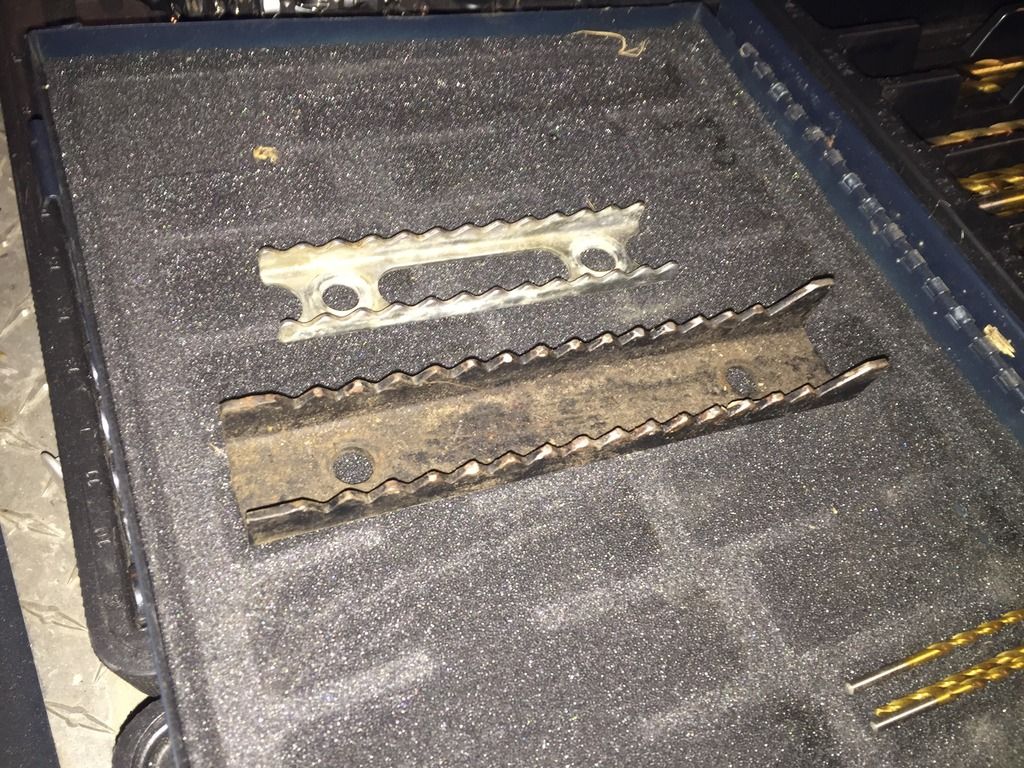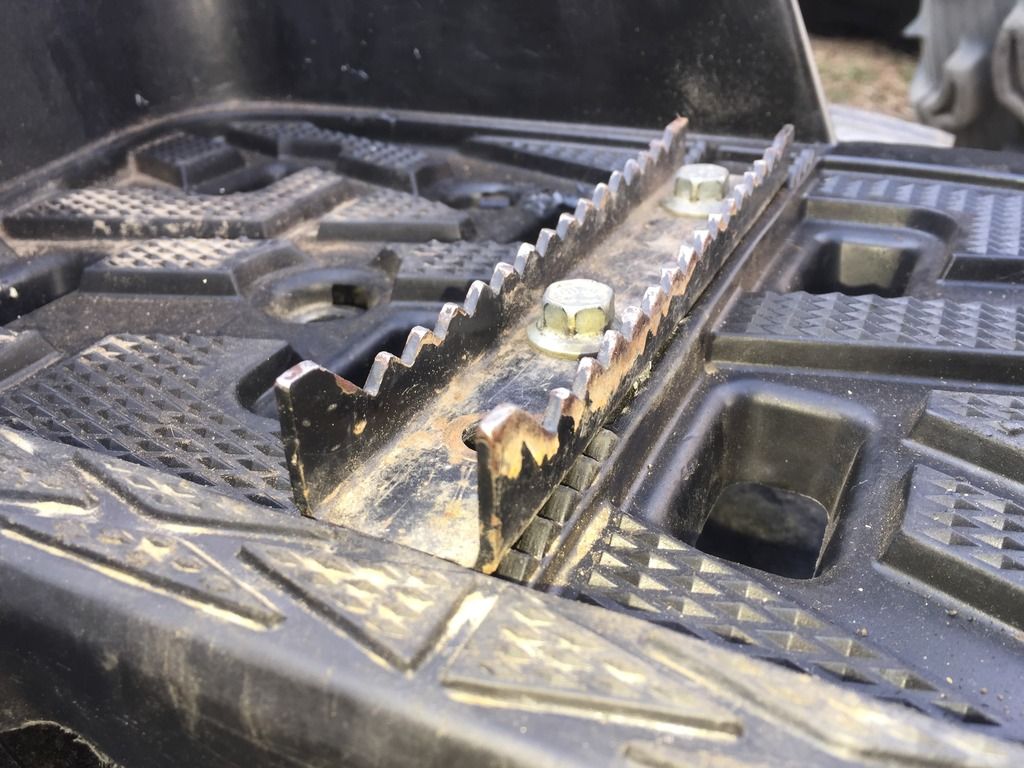Category Archives: Grizzly Tech Tips
Master Cylinder or Brake Reservoir Screw size ” Please help…
My question is I have a 2013 yamaha grizzly 550 and the screws on the master cyclinder stripped. Part number 98707-04012-00. Anyone know the size of this bolt or what a good replacement hex head would be? Thanks for anyone’s help. Trying to get ready for Mudd Jam and the damn screw stripped on me. Gotta replace it locally and want to make sure I have the right size.
Fixing an Engine Stop Switch for $0.30 (kill switch
I want to share with you how I repaired a faulty engine stop switch. The switch would not fully engage and sometimes would rattle and cut the motor. Please note that this is only what I did and I am not responsible for your outcome of following these instructions. In fact I encourage you to not follow these instructions at all and have all work performed by a Qualified Yamaha Service Center. If you do follow these steps it’s at your own risk.
What you’ll need:
- Phillips Head Screw Driver
- Small flat head screw driver (or something to pry with)
- "clicky" pen
- dikes
Steps:
- Remove the phiilps screws from the bottom of the handlebar switch (I believe there are 3 or 4)
- Pull the two halves apart gently and remove the screw inside holding the engine stop switch into the handlebar switch assembly
- Remove the stop switch assembly (it should have a rectangle box with a contact that the button attaches too and a "bullet" that protrudes into grooves on the casing
- Once you have the stop switch removed you’ll notice a metal contact on the back that has a spring under it. This spring gets weak and no longer holds the switch into the proper connected state.
- Remove the metal contact carefully, be patient and delicate so as not to break the plastic or the metal clips holding the contact in place. Use a small flat head screwdriver or similar device to separate this part.
- Now there is a spring with a bullet on the other end. Remove this spring and bullet, clean the cylinder that the bullet goes into and the bullet so it can slide smoothly in the cylinder. Remove the spring from the bullet as close to the bullet as possible if it hasn’t already fallen off
- Now take the pen from earlier and remove the spring from it, insert the spring into the cylinder. If the diameter is too big you’ll need a smaller pen.
- Now for some trial and error, you’ll need to cut the spring from the pen so that it isn’t too long, however leave enough that the bullet fully engages the grooves. The pen I used I ended up using about 1/2 the spring and I have a really "stiff" switch now. I ended up with a spring about 2.5 times the depth of the cylinder with the bullet installed.
- Insert the bullet and new spring into the cylinder (discard the old spring) and compress the new spring with the back contact and hold everything together.
- Insert this assembly into your handlebar switch, you’ll have to move the contact and bullet in to get it into place. Just go easy and you’ll figure it out.
- Before putting the screw back in, hold it firmly in place with your thumb and test that the switch is able to be toggled easily and fully engages. To test that it is engaging remove your seat and turn the key on. As you move the switch you can hear the relay under the seat engaging and disengaging. Make sure that once it’s engaged, that wiggling the switch does not disengage it again.
- If it doesn’t engage properly, the spring is too short. If the switch is too hard to move, the spring is too long.
- Put everything back together.
If anyone is interested in what I did and these instructions are confusing, I am more than happy to take mine back apart and snap pictures of the process.
Won’t crank
Won’t crank
Won’t crank
Cheap oversive footpegs you can buy for $13




Cheap oversive footpegs you can buy for $13




Suspension or Something trouble?
Hopefully someone has some idea of whats causing this. I have a 08 kodiak 450 (grizzly, I live in canada) and i noticed when i was looking at the bike in the garage today the front end is lower on one side than the other, about 3/4"-1" difference in height (measuring from the floor to the front rack). My tires aren’t low, the preload adjustments are the same on both shocks and I cant find anything bent. Any ideas where to check?
